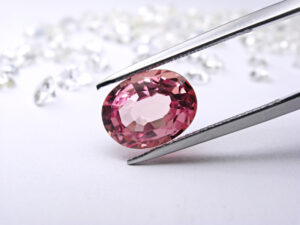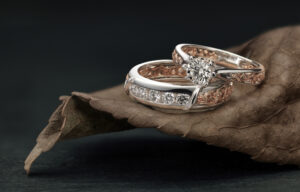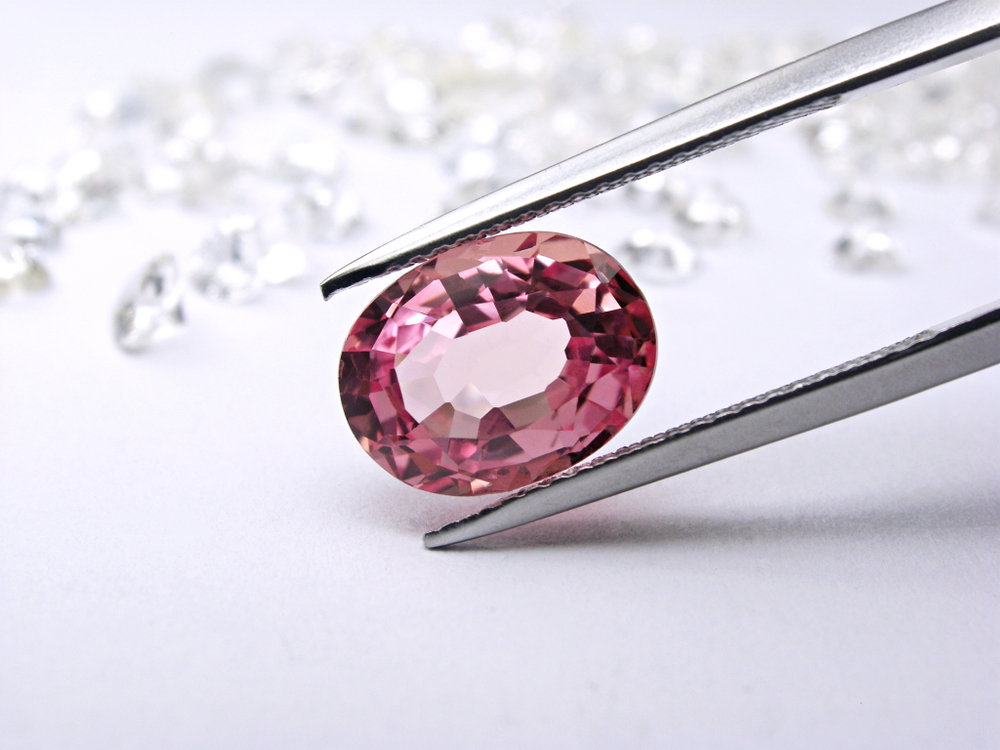
Lab-grown diamonds and cubic zirconia are often confused. Although they may appear identical to the untrained eye, their chemical properties and physical qualities are radically different. For their engagement rings, many people nowadays opt for lab-grown diamonds, cubic zirconia, moissanite, and other diamond alternatives. One of the primary reasons for this is that these diamond substitutes are less expensive than mined diamonds.
Let’s take a look at the difference in characteristics of lab-grown diamonds and cubic zirconia.
Composition Of Lab-Grown Diamonds And Cubic Zirconia
The chemical content and crystal structure of lab-grown diamonds are identical to that of natural/mined diamonds. Man-made diamonds have similar physical and optical attributes as natural diamonds, including hardness and refractive index. Natural diamonds are extracted from the earth, whereas lab-grown diamonds are made synthetically in laboratories.
Cubic zirconia is a synthetically manufactured stone with an entirely different chemical composition and crystal structure. Cubic zirconia, often known as CZ, is zirconium dioxide’s cubic crystalline form and contains no carbon, unlike lab-grown diamonds. Although CZ is not a diamond, it is one of the most common jewels used as a diamond substitute due to its low cost.
Durability And Weight
Because cubic zirconia and lab-grown diamonds have different physical and chemical characteristics, they have various physical qualities, including differences in hardness and durability. The hardest stones, including lab-grown stones, are diamonds, which have a Mohs hardness rating of 10. Cubic zirconia has a hardness of 8.25–8.50, making it less durable, scratchable, and breakable than natural diamonds.
Because cubic zirconia is gentler than synthetic diamonds, the sharpness of the edges of its facets when cut and polished differs from that of synthetic diamonds. Lab-grown diamonds, like mined diamonds, have extremely sharp facet edges, whereas cubic zirconia has rounded edges that become much more rounded over time, giving the stone a hazy appearance. Cubic zirconia has a density of around 1.7 times that of diamonds, therefore a CZ will be much heavier than a lab-grown diamond of the same size.
Sparkle And Price

The refractive indices of cubic zirconia and lab-grown diamonds are other noteworthy distinctions. This optical feature determines a gemstone’s intensity of fire, brilliance, and scintillation. The refractive index of cubic zirconia is significantly lower than that of diamonds. Despite the fact that lab-grown diamonds are up to 40% cheaper than natural diamonds due to a shorter supply chain, they are nonetheless more expensive than cubic zirconia.
